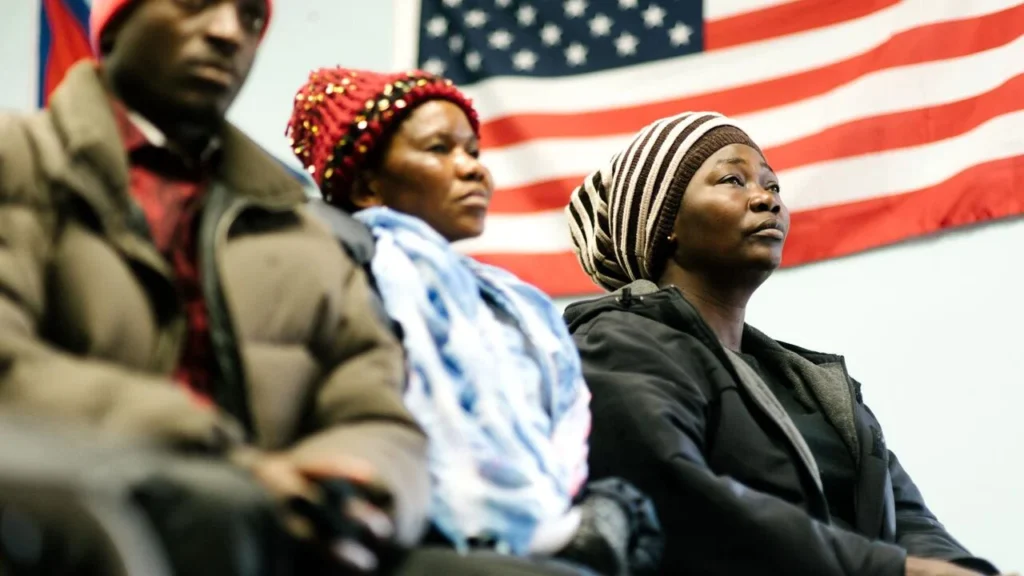
The Black experience in America is far from monolithic. While often grouped together under one racial umbrella, African Americans and Black immigrants—particularly those from Africa and the Caribbean—navigate uniquely complex paths through American society. This dynamic has led to both solidarity and tension, raising a question with growing relevance: are these communities divided, or is there room for unity?
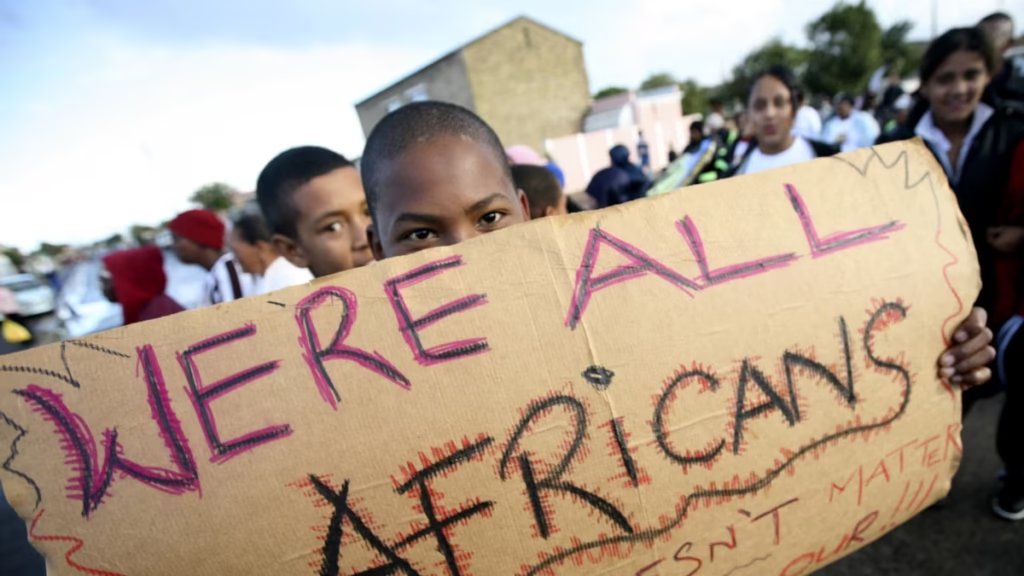
Historical Contexts, Divergent Journeys
African Americans are descendants of enslaved Africans brought to the U.S. centuries ago, enduring a long legacy of systemic racism, segregation, and economic exclusion. Their cultural identity is deeply intertwined with the struggles and triumphs of the civil rights movement, the fight for voting rights, and ongoing efforts for justice and equity.
In contrast, many Black immigrants arrive voluntarily, often under different socio-economic or educational circumstances. Some come as refugees; others arrive seeking better opportunities. Their frame of reference is often shaped by different racial norms from their home countries and the hope—sometimes mistaken—that America offers a level playing field.
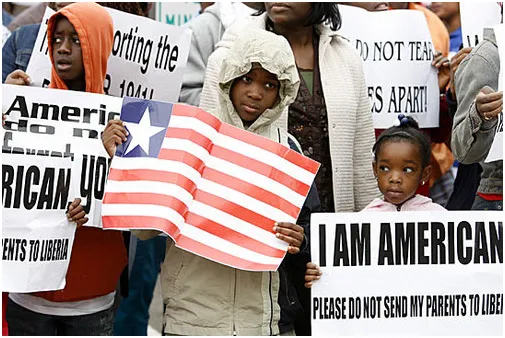
Challenges Unique to Each Group
African Americans often carry the generational trauma of slavery and institutional racism. They face systemic barriers in housing, education, and employment that have persisted for centuries. Meanwhile, Black immigrants may confront challenges of assimilation, language barriers, cultural misperceptions, and, ironically, the assumption that they are automatically part of the African American experience.
Black immigrants are also sometimes treated as “model minorities” within the broader Black community, a narrative that can create unhelpful comparisons and tension. Meanwhile, some African Americans may feel that their long fight for civil rights is underappreciated or misunderstood by newcomers.
Points of Division—and Opportunity
Division can arise when stereotypes and misunderstandings go unchecked. There are instances where African Americans perceive immigrants as disconnected from the ongoing Black struggle, while immigrants may see themselves as distinct from what they view as a historically marginalized group. These perceptions are fueled not just by personal beliefs, but also by media narratives, institutional structures, and colonial legacies that have long aimed to divide.
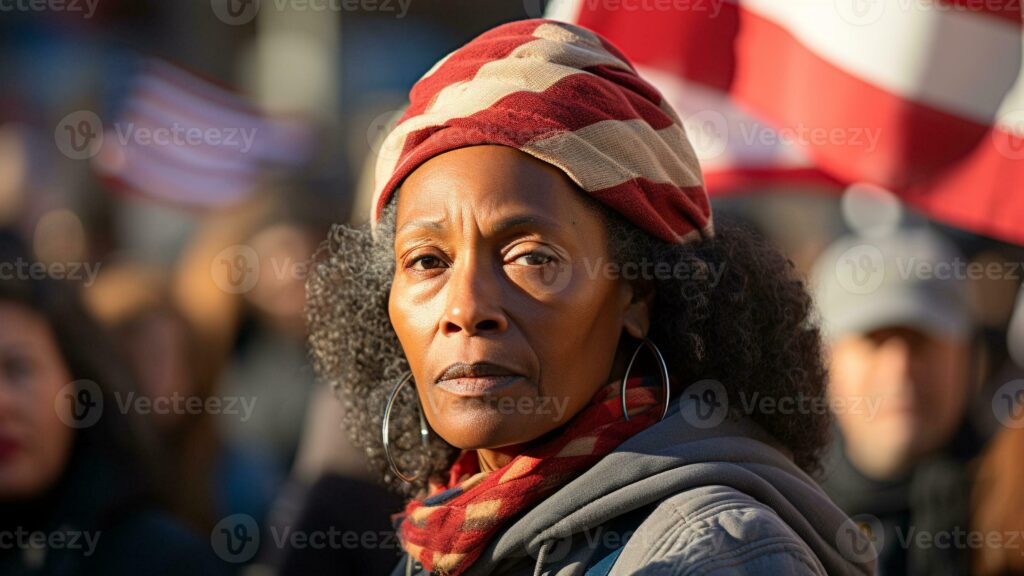
However, there’s immense potential for unity. Shared experiences of racism, police brutality, and economic inequality offer common ground. Moreover, cultural exchange between African Americans and Black immigrants has already enriched the arts, academia, activism, and political movements. Figures like Malcolm X, Shirley Chisholm, and more recently Ilhan Omar, all illustrate how diverse Black identities can merge to shape American discourse.
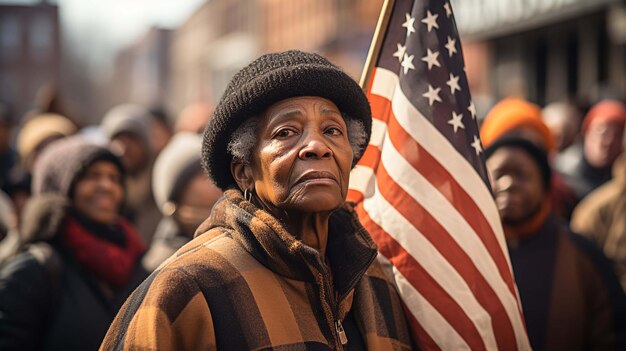
Toward a Shared Future
The question is not whether differences exist—they do. The question is how those differences can be understood and bridged. Dialogue, education, and cross-cultural engagement are key. Building solidarity means recognizing the unique histories of each group while working together to dismantle the structures that oppress all Black people.
In the end, division is a risk—but unity is a choice.
Titus Terrell contributed to this story.
⸻




